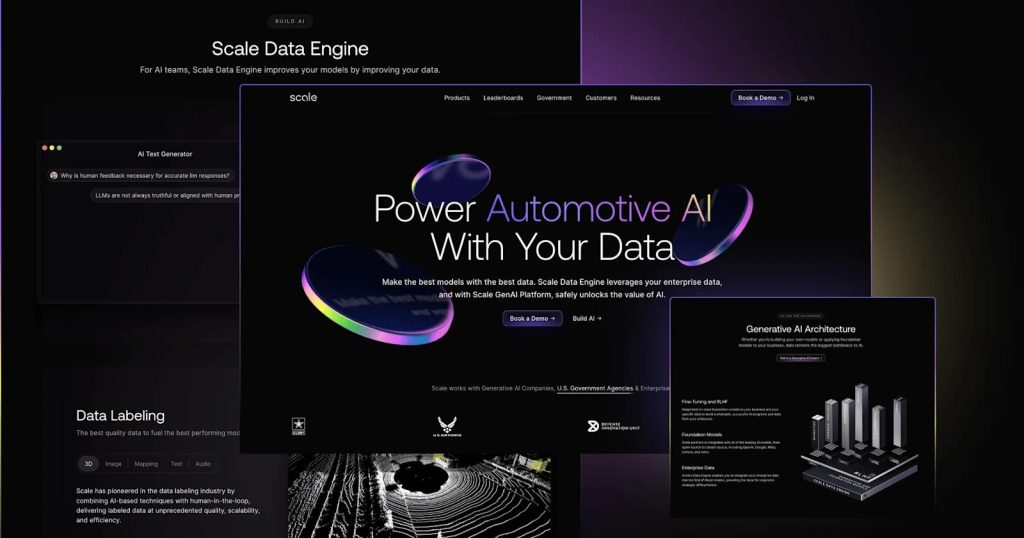Predict the Future With AI for Competitive Intelligence

Introduction
In business, timing is everything. Imagine being able to predict what your competitors will do next, spot rising trends before they explode, or know when a market is about to shift.
That’s not wishful thinking—it’s the power of AI For Competitive Intelligence
In this guide, you’ll learn how AI helps you forecast competitor moves, customer behavior, and industry direction—so you can act before the market does.
Why Traditional Competitive Intelligence Falls Short
Traditional methods—manual research, analyst reports, or waiting on news—are:
- Slow
- Static
- Reactive
- Prone to bias
By the time a trend hits the media, it’s already old news.
AI flips the model. It’s proactive, real-time, and deeply data-driven.
What Makes AI for Competitive Intelligence So Predictive?
AI gathers signals from:
- Product updates and changelogs
- Hiring patterns and job boards
- Investor activity and funding rounds
- Keyword trends and SEO shifts
- Social media sentiment and community posts
- Feature requests and review feedback
It connects the dots—so you don’t have to—and alerts you when behavior changes.
5 Ways AI Predicts What’s Next
1. Competitor Roadmaps from Job Descriptions
AI scans job listings to infer what features or departments competitors are investing in.
Example Insight:
“Company A is hiring 4 AI engineers and a Prompt Engineer—expect an AI-based product rollout in 3–6 months.”
2. Investor Moves Before Announcements
AI monitors:
- Venture capital signals
- Portfolio behavior
- Funding news from pre-press sources
Prediction:
“If VC X is doubling down on generative AI in e-commerce, competitors in your space will soon follow.”
3. Product Shift Forecasts via Feature Updates
By tracking changelogs and roadmap platforms (e.g. Canny, Productboard), AI predicts new directions.
Insight:
“Company B has deprecated integrations with Shopify but added WooCommerce support—expect a shift toward WordPress-first merchants.”
4. Early-Stage Market Trends via Micro Keyword Signals
Using tools like Exploding Topics, Google Trends, and GPT-based summarizers, AI finds:
- Rising queries
- Underserved niches
- Shifting customer language
Insight:
“Searches for ‘no-code ERP’ have increased 400% in the last 60 days.”
5. Sentiment Trajectories Across Social and Reviews
AI reads emotion in public content:
- Reddit, X, TikTok, Discord
- G2, Trustpilot, Amazon
Use case:
If sentiment for a feature or brand is trending down, you can fill the gap before others do.
Tools That Help Predict With AI
| Tool | Forecasting Focus |
|---|---|
| Crayon | Tracks competitor changes over time |
| Pinecone + LLMs | Build predictive vector search for niche trends |
| Thinknum | Predict behavior through job listings, prices, and store data |
| Exploding Topics | Early keyword surges |
| Custom GPTs | Summarize and predict from raw data feeds |
From Prediction to Execution
Once AI delivers a forecast:
- Validate it with internal or customer data
- Align stakeholders around the opportunity
- Act early—build, pivot, publish, invest
- Monitor for accuracy and refine inputs
The key is not just seeing the future—but moving on it.
Final Thoughts
AI for Competitive Intelligence doesn’t just analyze the present—it forecasts what’s next.
Whether you’re a startup trying to find a wedge, or a mature brand avoiding disruption, AI-powered predictions give you time to lead instead of follow.




